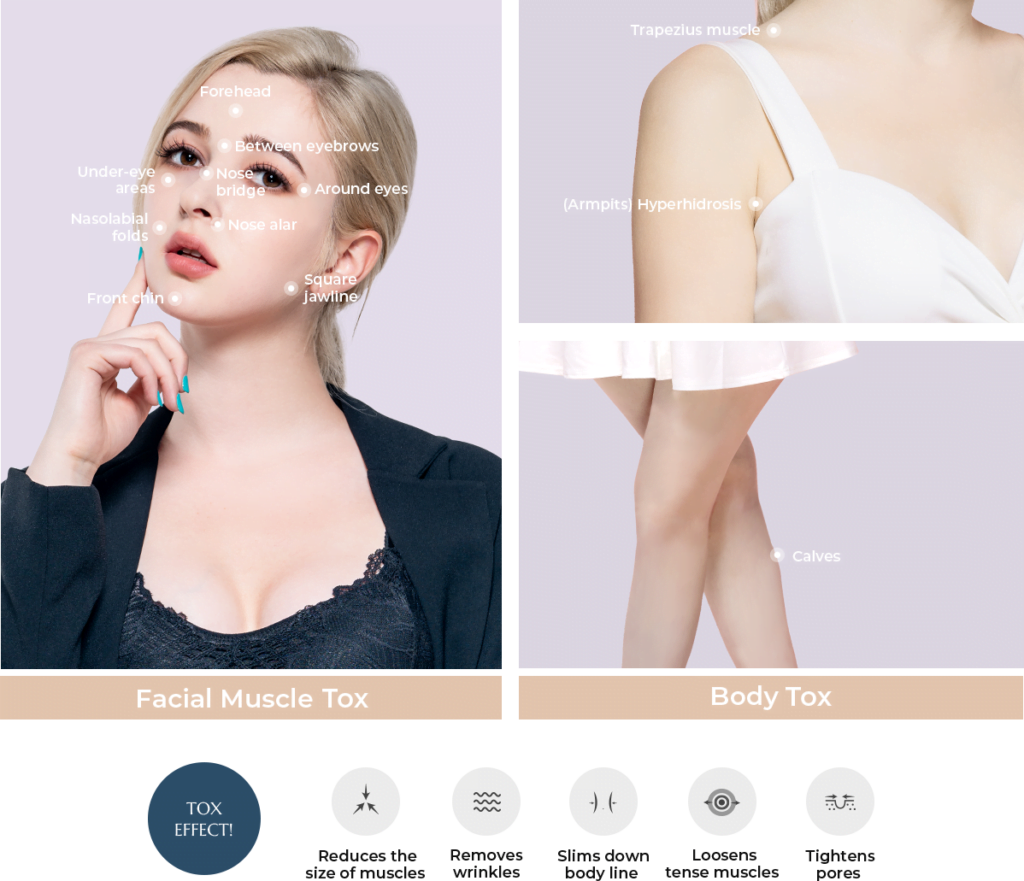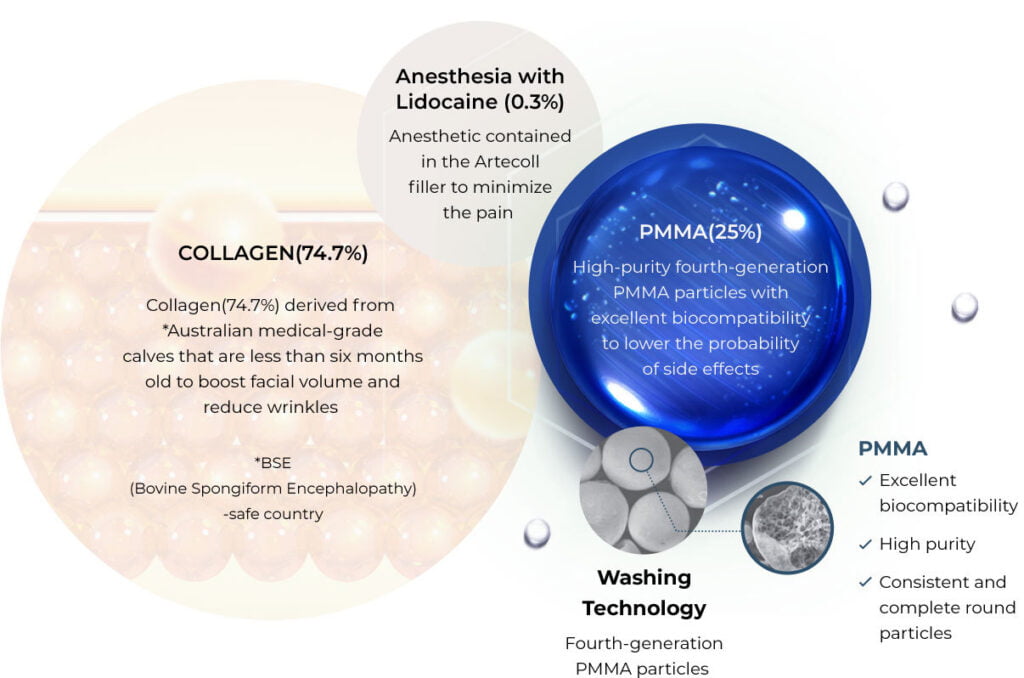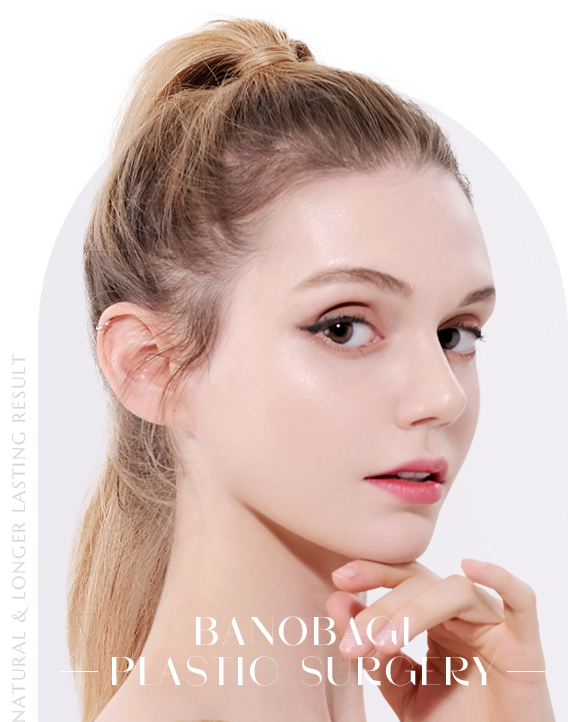Have you ever found yourself staring at the mirror, wondering how to smooth out those fine lines or bring back the youthful volume to your face? With so many cosmetic treatments available, choosing the right one can be overwhelming. Among the most popular options are injectables like neuromodulators (commonly known as Botox or “tox”) and dermal fillers.
These treatments offer quick and often stunning results with minimal downtime, making them an attractive choice for many seeking to refresh their appearance. But with such a variety of injectables on the market, how do you know which one is best suited for your specific needs? What are the key differences between tox and fillers, and how can they help you achieve your cosmetic goals?
Understanding the distinctions and uses of these injectables is crucial in making an informed decision. This guide will explore the key differences between tox and fillers, their benefits, risks, and how to choose the right option based on your cosmetic goals.
What Are Neuromodulators (Tox)?
Neuromodulators, commonly known by brand names such as Botox, Dysport, and Xeomin, are injectable treatments derived from the botulinum toxin. Despite its origin, the toxin is used in extremely small, safe doses for cosmetic purposes. The primary function of neuromodulators is to temporarily paralyze muscles, thereby reducing the appearance of fine lines and wrinkles caused by repetitive facial movements. For example, lines on the forehead, crow’s feet around the eyes, and frown lines between the eyebrows are common targets for tox treatments.

The mechanism behind neuromodulators involves blocking the nerve signals that cause muscles to contract. This leads toa smoother, more relaxed appearance of the overlying skin. The effects of tox are typically noticeable within a few days of treatment and can last for three to six months, depending on individual factors and the specific product used.
Neuromodulators are often sought after for their ability to provide a refreshed look without surgery. They are particularly effective for dynamic wrinkles, which are wrinkles that form due to muscle movement. However, tox is not suitable for all types of wrinkles or skin concerns, which is where dermal fillers come into play.
What Are Dermal Fillers?
Dermal fillers are injectable substances used to restore volume, smooth out wrinkles, and enhance facial contours. Unlike neuromodulators, which relax muscles, fillers work by physically filling in areas that have lost volume due to aging or other factors. Common treatment areas include the cheeks, lips, nasolabial folds (the lines running from the nose to the mouth), and under the eyes.

Two notable types of dermal fillers are Artecoll and hyaluronic acid fillers. Artecoll is a long-lasting filler composed of polymethyl methacrylate (PMMA) microspheres suspended in a collagen gel. This formulation not only provides immediate volume but also stimulates the body’s natural collagen production, offering results that can last several years. Artecoll is especially effective for treating deeper wrinkles and areas needing significant volume enhancement.
On the other hand, hyaluronic acid fillers such as Juvederm and Restylane are popular due to their versatility and safety profile. Hyaluronic acid is a naturally occurring substance in the skin that helps retain moisture and elasticity. These fillers are particularly favored for their ability to be dissolved if necessary, allowing for more flexible treatment options. The effects of hyaluronic acid fillers can be immediate, and depending on the specific product used, results typically last from six months to two years.
Both types of fillers are ideal for addressing static wrinkles—wrinkles present even when the face is at rest—and for adding volume to hollow or sunken areas, providing a refreshed and youthful appearance.
Choosing Between Tox and Filler: Key Considerations
When deciding between tox and filler, it’s essential to consider the specific concerns you want to address and the desired outcome. Here are some key factors to keep in mind:
- Type of Wrinkles: Neuromodulators are best for dynamic wrinkles caused by muscle movement, while fillers are better suited for static wrinkles and volume loss.
- Desired Effect: If you’re looking to soften lines and wrinkles or achieve a subtle lifting effect, neuromodulators might be the right choice. For more pronounced contouring, volumizing, or filling in deep wrinkles, dermal fillers are typically more effective.
- Duration of Results: Consider how long you want the effects to last. Neuromodulators generally have a shorter duration of action compared to fillers. Some fillers, especially those that stimulate collagen production, can offer longer-lasting results.
- Downtime and Recovery: Both treatments generally have minimal downtime, but the potential for bruising and swelling can vary. Discussing these aspects with your provider can help you plan accordingly.
- Safety and Risks: While both treatments are generally safe, they come with potential risks, such as allergic reactions, bruising, and, in rare cases, more severe complications like infection or nerve damage. It is crucial to have these treatments administered by a qualified and experienced medical professional.
Combining Tox and Fillers
For many individuals, a combination of neuromodulators and dermal fillers can provide the most comprehensive and natural-looking results. This approach can address multiple signs of aging or enhance facial features more holistically. For example, tox can relax the muscles causing forehead wrinkles, while fillers can restore volume to the cheeks and lips, resulting in a balanced and youthful appearance.
Combining these treatments requires careful planning and expertise. The timing, placement, and choice of products must be tailored to the individual’s anatomy and aesthetic goals. Consulting with a skilled practitioner who understands the nuances of both treatments can help ensure a satisfying outcome.
Personalized Consultation – Why it is SO important?
Choosing between tox and fillers is a significant decision that can impact your appearance and confidence. Therefore, a personalized consultation with a qualified cosmetic professional is crucial. This consultation serves as a comprehensive assessment of your unique facial anatomy and is the foundation for developing a tailored treatment plan that aligns with your aesthetic goals. It’s more than just a routine check-up; it’s an opportunity to have an in-depth discussion about your concerns, expectations, and the specific outcomes you hope to achieve.
During this consultation, the practitioner will carefully evaluate your skin, taking note of factors such as skin type, elasticity, and any existing conditions that might affect the treatment. They will also review your medical history to identify any contraindications or potential risks associated with certain injectables. This step is critical in ensuring your safety and in selecting the most appropriate products and techniques for your needs.
Additionally, the consultation provides a platform for you to ask questions and express any concerns you might have. Whether you’re curious about the differences between various fillers, the longevity of the results, or the recovery process, a good practitioner will take the time to address all your queries thoroughly. They will also explain the expected outcomes in detail, helping you set realistic expectations about what can be achieved with the chosen treatments. Moreover, discussing potential side effects and aftercare instructions is an integral part of the consultation, as it prepares you for what to expect post-treatment and how to maximize the results.
Ultimately, a personalized consultation is about ensuring patient safety and satisfaction. A reputable provider will prioritize your well-being, making sure you feel comfortable, informed, and confident about the procedure. This personalized approach not only helps in achieving the best possible aesthetic results but also enhances your overall experience, giving you peace of mind throughout the process.
Conclusion
Choosing between neuromodulators and dermal fillers can significantly impact your appearance and confidence. Understanding the differences between these treatments, their specific applications, and potential outcomes is crucial in making an informed decision. Whether you’re looking to smooth out wrinkles, restore lost volume, or enhance facial contours, there is likely a suitable injectable option for you.
The ideal approach is to work with a qualified and experienced professional who can guide you through the process, helping you achieve your cosmetic goals safely and effectively. With the right guidance and treatment plan, you can enjoy the benefits of a refreshed and rejuvenated appearance, tailored to your unique needs and preferences.

